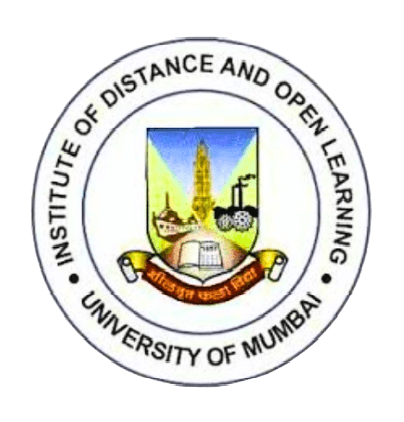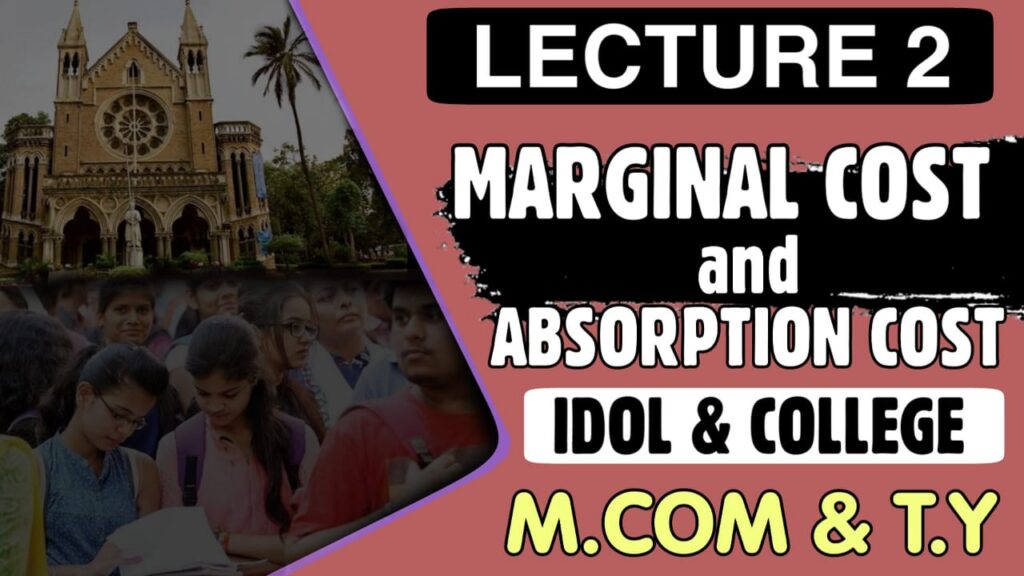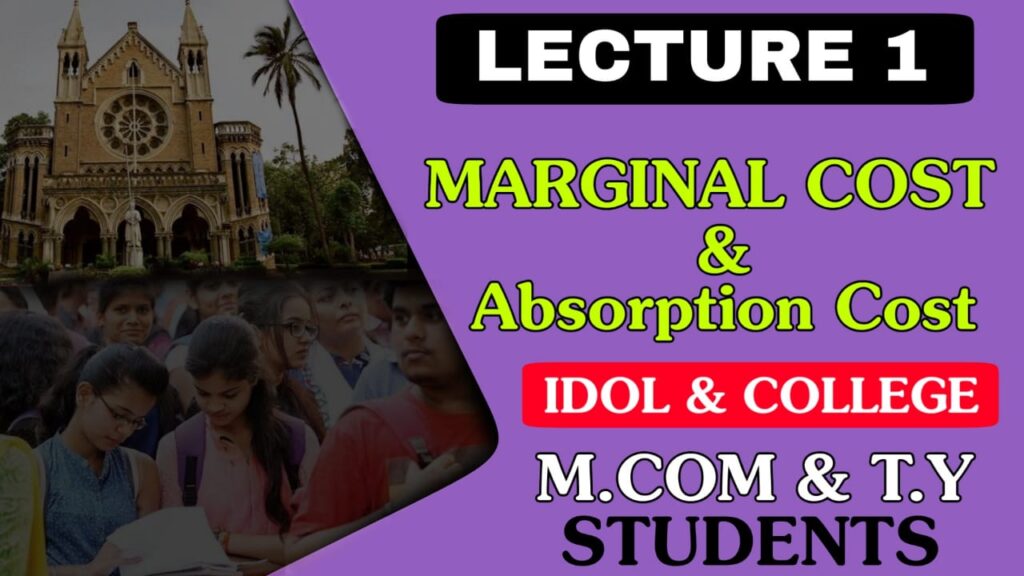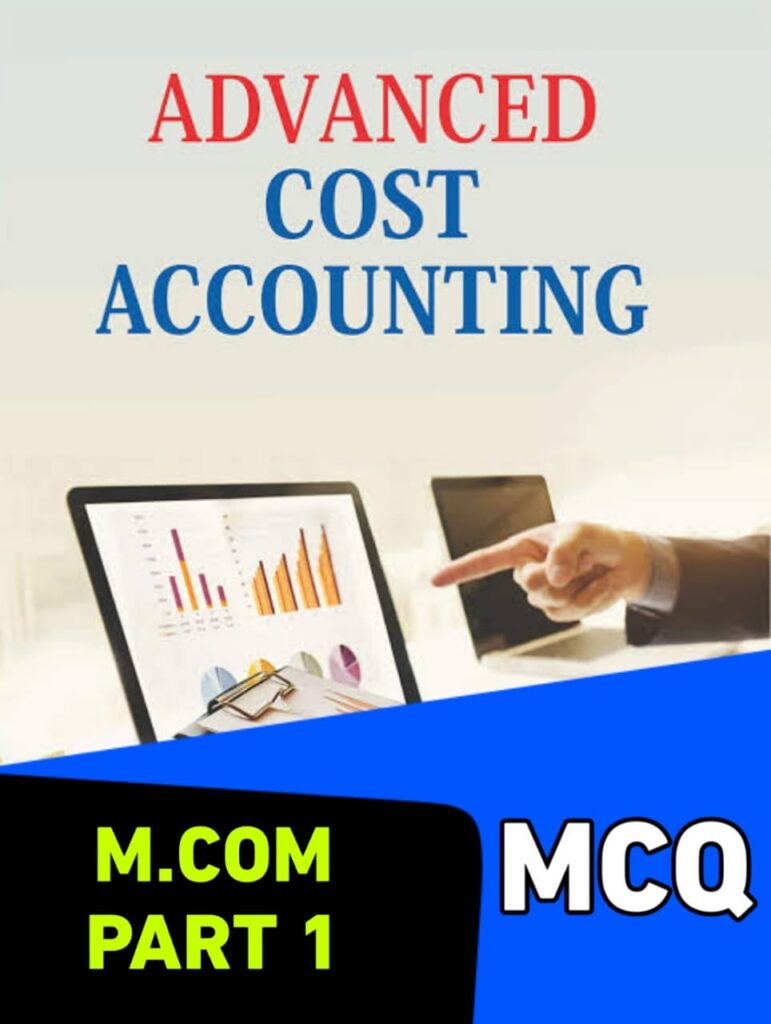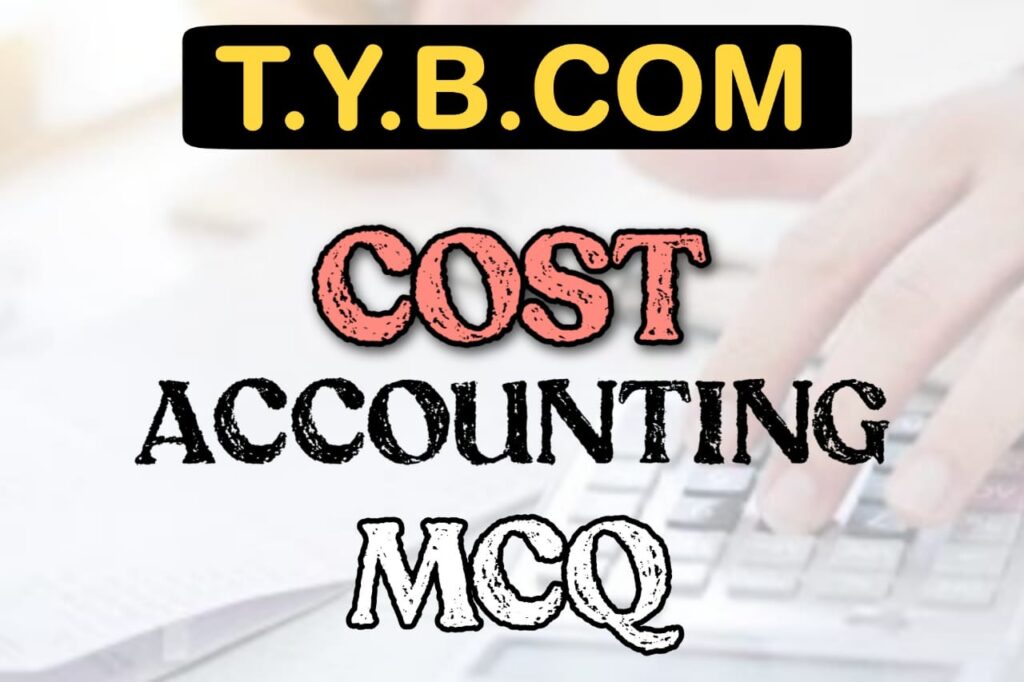T.Y.B.COM Other Subject MCQ Financial Accounting https://www.surajpateleducation.com/2021/03/tybcom-financial-accounting-mcq-with.html Marketing Research https://www.surajpateleducation.com/2021/01/marketing-research-tybcom-mcq-pdf.html Human resource management https://www.surajpateleducation.com/2020/12/human-resource-management-tybcom-mcq.html Cost Accounting https://www.surajpateleducation.com/2020/12/cost-accounting-tybcom-mcq-pdf.html Business Economics https://www.surajpateleducation.com/2020/12/business-economics-tybcom-mcq-pdf.html commerce https://www.surajpateleducation.com/2020/12/commerce-questions-and-answers-mcq-pdf.html 1. According to ICMA London, _______costing is “that form of specific order costing, which applies where work is undertaken to customers’ special requirements.” a. Job b. Batch c. Process d. Standard ANS: A 2. A method of costing applied where costs are collected and accumulated for each work order a. Process costing b. Contract costing c. Operating costing d. Job costing ANS: D 3. Which of the following statements is not true about job costing? a. Production always against customers’ orders b. Cost of each job ascertained separately c. Job is of equal or longer duration compared to contracts d. Job work is labour intensive ANS: C 4. Which is a method of specific order costing? a. Job costing b. Process costing c. Output costing d. Service costing ANS: A 5. The process of ascertaining cost after incurring expenses is called a. Marginal costing b. Historical costing c. Absorption costing d. Standard costing ANS: B 6. Which technique of costing uses analysis of variances is a popular method for cost control? a. Absorption costing b. Marginal costing c. Uniform costing d. Standard costing ANS: D 7. _____ is the practice of charging all direct costs to operations, processes or products and writing off all indirect costs to Profit and Loss account. a. Direct costing b. Absorption costing c. Marginal costing d. Historical costing ANS: A 8. The processes of charging both fixed and variable to operations, processes or products is called _____ a. Marginal costing b. Historical costing c. Absorption costing d. Standard costing ANS: C 9. Which technique of costing differentiates between fixed and variable cost to analyse effect of changes in volume or type of output on profit? a. Marginal costing b. Historical costing c. Absorption costing d. Standard costing ANS: A 10. For recording the cost of each job, a job _____ is prepared. a. Profit & loss a/c b. Cost sheet c. Reconciliation statement d. None of the above ANS: B 11. What should be the price chargeable to a job if total cost incurred is Rs. 4830 and profit is 25% on sales? a. 1610 b. 1208 c. 1200 d. 1630 ANS: A 12. A factory uses job costing. Given details obtained from its books: Direct materials Rs.90000, Direct wages – Rs.75000, Selling OH – Rs.52500, Administration OH – Rs.42000, Factory OH – Rs.45000 & Profit – Rs. 60900. Calculate cost of production. a. Rs. 2,17,500 b. Rs. 2,07,000 c. Rs. 2,52,000 d. Rs. 2,10,000 ANS: C 13. The method of costing applied in special ship building is a. Batch costing b. Job costing c. Process costing d. None of the above ANS: B 14. Job costing is a. Method of costing b. Technique of costing c. Cost control technique d. Cost estimation ANS: A 15. Which of the following considers an ‘economic quantity’ for the purpose of cost reduction? a. Job costing b. Process costing c. Batch costing d. Contract costing ANS: C 16. The method of costing applied in cycle part manufacturing is a. Batch costing b. Job costing c. Process costing d. None of the above ANS: A 17. The method of costing applied in a lathe is a. Batch costing b. Job costing c. Process costing d. None of the above ANS: B 18. Production order with respect to a job is issued by _______ department. a. Production b. Production Planning c. Purchase d. Sales ANS: B 19. Scope of specific order costing is very wide and includes a. Job, Batch and contract costing b. Process , Contract and unit costing c. Batch , Job and process costing d. Unit , service and transport costing ANS: A 20. Economic batch quantity is used in batch costing to a. Meet specific customer requirements b. Produce at the least possible cost c. In order to ensure stock in anticipation of demand d. None of these ANS: B 21. For identification, each job or work order received from a customer is allotted a a. Production order b. Batch number c. Job number d. Code number ANS: C 22. The method of costing used to ascertain the cost of customer specific jobs is a. Job costing b. Batch costing c. Contract costing d. Process costing ANS: A 23. On completion of a job, a job completion report is sent to a. Cost accounting department b. Storekeeper c. Customer d. Production department ANS: A 24. ______ is the authorization to start work on a job. a. Production order b. Requisition sheet c. Invoice d. Job cost sheet ANS: A 25. In job costing, the basic document to accumulate and ascertain the cost of each order is a. Purchase order b. Requisition sheet c. Invoice d. Job cost sheet ANS: If You Need Most Importance MCQ PDF Cost Accounting Question Bank Than Pay Rs 100 Only Contact 8652719712 / 8779537141 Telegram Group Mumbai Univeersity :- https://t.me/mumbaiuniversityidol Suraj Patel Education :- https://t.me/surajpateleducation F.Y.J.C EXAM :- https://t.me/FYJCexam S.Y.J.C EXAM :- https://t.me/SYJCexam F.Y EXAM :- https://t.me/fyexam S.Y EXAM :- https://t.me/syexam T.Y EXAM :- https://t.me/tyexam M.Com Part 1 EXAM :- https://t.me/McomPart1Exam M.Com Part 2 EXAM :- https://t.me/McomPart2Exam M.A EXAM :- https://t.me/mastudentsexam YouTube Channel https://www.youtube.com/channel/UCNxVWIrZ1JYB4y-bWXfaBAw
